Who could imagine that an eternal love, born in the heart of a desert-like land, would blossom into the world’s most exquisite symbol of devotion – the Taj Mahal, a true poem in marble!
No photograph, neither on canvas nor celluloid, can fully capture the beauty, the mystery, or the romance of what Rabindranath Tagore so poetically called “a teardrop on the cheek of time.”
The Taj Mahal is not just a monument; it’s an emotion carved in white marble, radiating grandeur and grace. Commissioned by Mughal Emperor Shah Jahan in memory of his beloved wife Mumtaz Mahal, this architectural marvel stands as a glowing testimony to eternal love.
The Love Story Behind the Taj Mahal
Built in 1631, the Taj Mahal was Shah Jahan’s tribute to Mumtaz Mahal, his most cherished queen, who died during childbirth while accompanying the emperor on a campaign. Her death shattered Shah Jahan—legend says his hair turned white within months.
Before her passing, Mumtaz made four wishes:
✔ That Shah Jahan would build a monument in her memory
✔ That he never remarry
✔ That he remain kind to their children
✔ That he visit her tomb on every death anniversary
The emperor fulfilled three of these promises, but fate intervened when his son Aurangzeb seized power and imprisoned him, preventing him from visiting the mausoleum in his final years.
Architectural Splendor of the Taj Mahal
The Taj Mahal rises on a red sandstone base, crowned with a vast white marble terrace. Its central dome, flanked by four elegant minarets, dominates the skyline. Inside, the jewel-inlaid cenotaph of Mumtaz Mahal rests at the heart of the chamber, while Shah Jahan’s cenotaph was added later, breaking the perfect symmetry.
Described as “designed by giants and finished by jewelers,” the Taj’s craftsmanship is unmatched. The inlay work, intricate carvings, and symmetry exemplify the pinnacle of Mughal architecture.
The Changing Colors of the Taj
One of the most enchanting features of the Taj Mahal is how it changes color with the time of day:
- Pinkish hues at sunrise
- Milky white under the midday sun
- Golden glow by moonlight
This magical transformation mirrors the moods of a woman, making the Taj a living soul in marble.
The Taj Mahal and Its Myths
The Taj is not only an architectural wonder but also a treasure trove of legends. Like many great structures, it has inspired tales of mystery and grandeur—some rooted in history, others in folklore.
The Black Taj Legend
One of the most popular myths is the story of the ‘Black Taj’, which Shah Jahan allegedly planned to build opposite the current mausoleum, across the Yamuna River, using black marble. This tale traces back to 1665 when French traveler Jean-Baptiste Tavernier reported the emperor’s grand vision.
However, his plan was cut short when Aurangzeb imprisoned Shah Jahan in Agra Fort. For eight years, the emperor gazed at the Taj from his window, using a diamond set in the wall to reflect its beauty. Upon his death in 1666, he was buried beside Mumtaz in a simple ceremony—his dream of the Black Taj left unfulfilled.
Visitor Information for the Taj Mahal
- Location: Agra, Uttar Pradesh
- Timings: Sunrise to Sunset (Closed on Fridays)
- Entry Fee: ₹50 (Indian Citizens), ₹1100 (Foreign Tourists)
- Best Time to Visit: October to March
- How to Reach: Guide to Agra Travel
Nearby Attractions in Agra
- Agra Fort – A UNESCO World Heritage Site, once the main residence of Mughal emperors.
- Mehtab Bagh – A beautiful garden across the Yamuna, perfect for sunset views of the Taj.
- Fatehpur Sikri – The former Mughal capital, an architectural marvel.
Plan Your Taj Mahal Experience
The Taj Mahal is not just a monument—it’s a message to humanity that pure love is eternal. Beyond being a marvel of architecture, it embodies harmony, peace, and beauty that transcends time and borders.
👉 Ready to witness the magic of the Taj? Book Your Journey with Travel Into India and explore Agra’s majestic heritage!
Information for Tourists Visiting the Taj Mahal
✅ Facilities & Services
- Water bottles are allowed inside the monument.
- With SAARC, BIMSTEC, and foreigner entry tickets, visitors receive free shoe covers, a 500 ml water bottle, a Tourist Guide Map of Agra, and access to Battery Bus & Golf Cart Services.
- Wheelchairs for differently-abled visitors and First Aid Boxes are available at the ASI Office at the Taj Mahal.
- Contact: +91 562-2330498
- Taj Museum inside the Taj Mahal complex is open from 10:00 AM to 5:00 PM (entry is free).
✅ Do’s for Visitors
- Keep the monument neat and clean by using the dustbins provided.
- Hire only approved guides and photographers who display valid identity cards.
- Use parking facilities at:
- Shilpgram (East Gate Entry)
- Amrood Ka Teela (West Gate Entry)
- No polluting vehicles are allowed within a 500-meter radius of the Taj Mahal.
- From parking areas, use battery buses and golf carts to reach the main entrance.
❌ Don’ts and Restrictions
- Drone cameras are strictly prohibited inside and around the Taj Mahal.
- Eating, drinking, and smoking are not allowed inside the monument.
- Prohibited items include:
- Arms, ammunition, fire items
- Tobacco products, liquor, food items (including toffees)
- Headphones, knives, wires, mobile chargers, electric goods (except cameras)
- Tripods
- Mobile phones must be on silent mode or switched off.
- Avoid carrying large bags and books, as these may delay security checks.
- Photography is prohibited inside the main mausoleum.
- Do not touch, scratch, or deface the walls and surfaces of the monument.
- Maintain silence inside the mausoleum.
Special Rules for Night Viewing
- The list of prohibited items (including mobile phones) applies during night viewing.
- Video cameras and extra batteries are not allowed, though still cameras are permitted after security clearance.

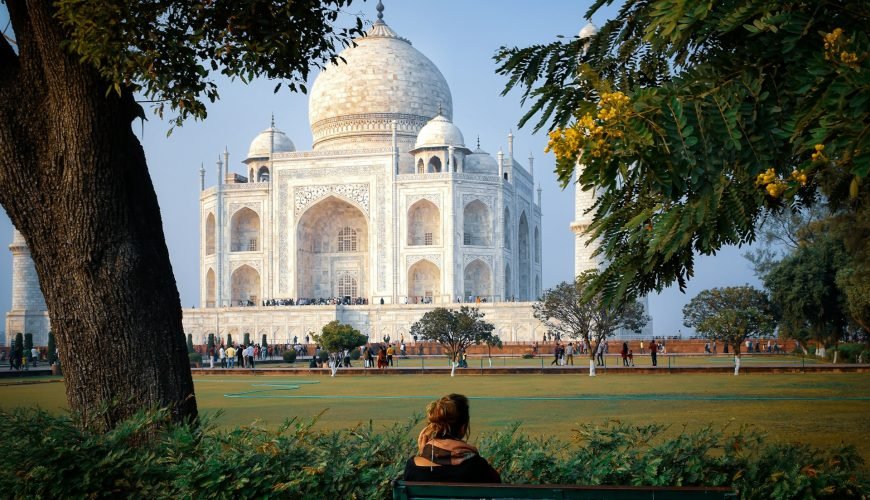
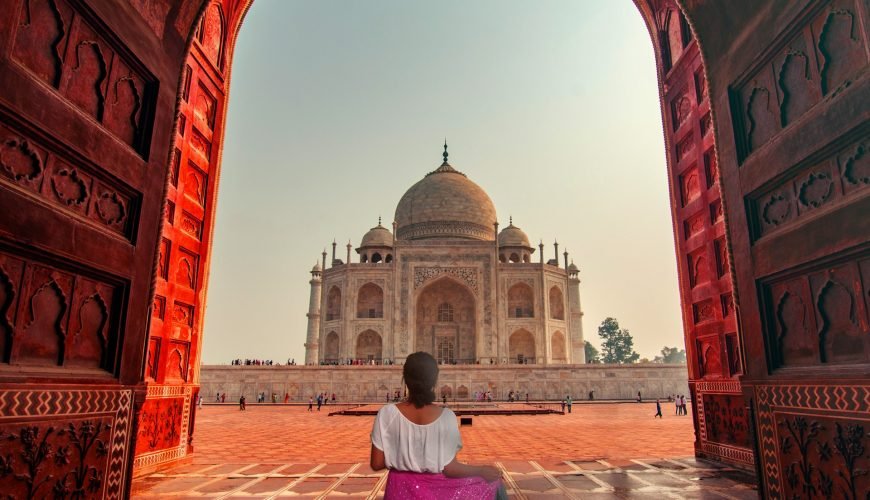
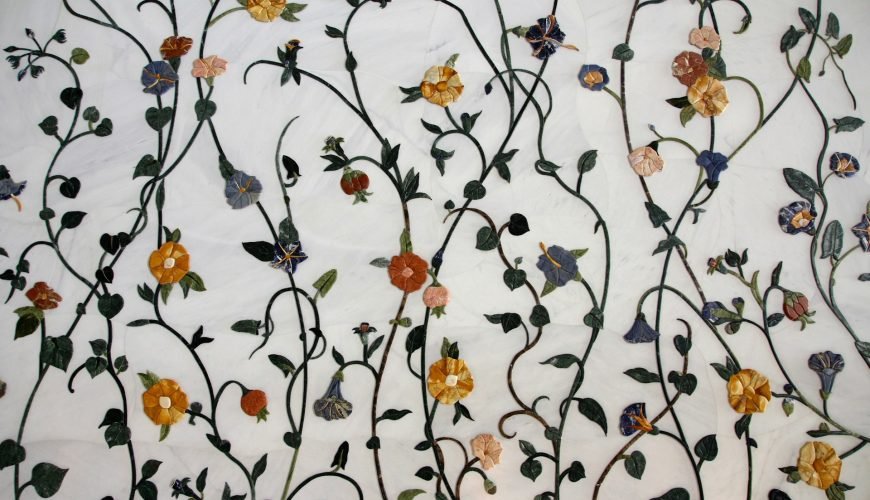
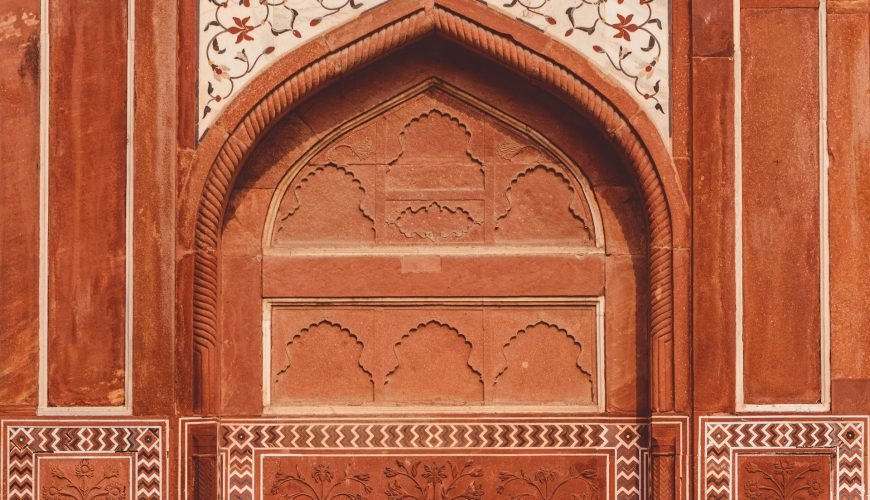
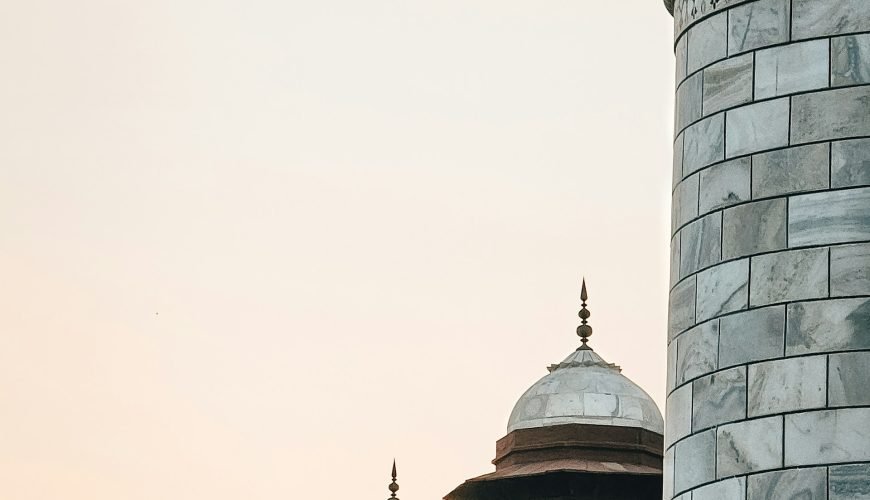
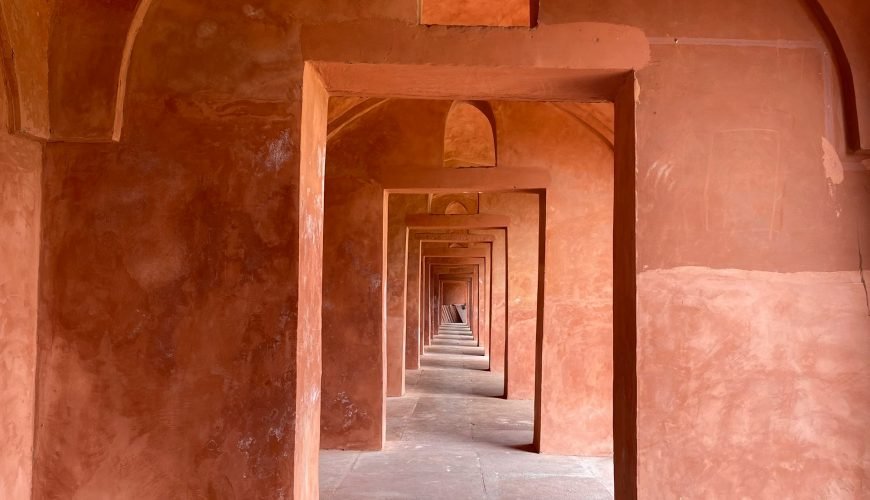
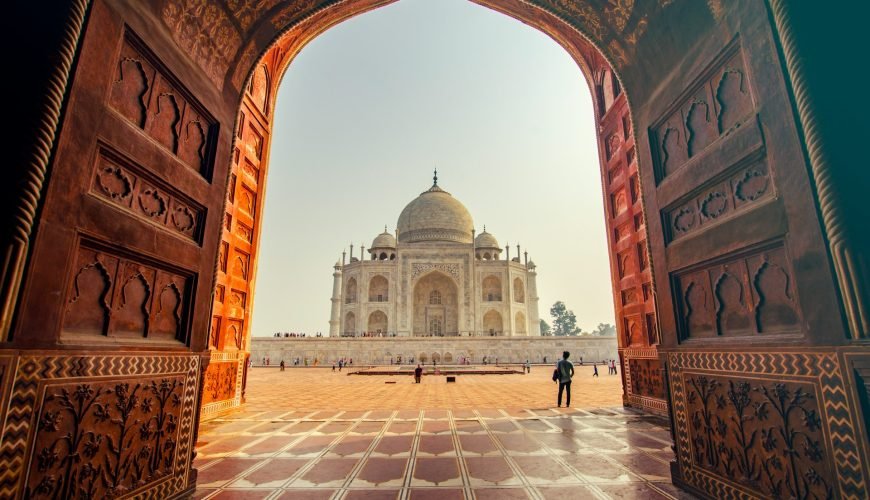
0 Comment